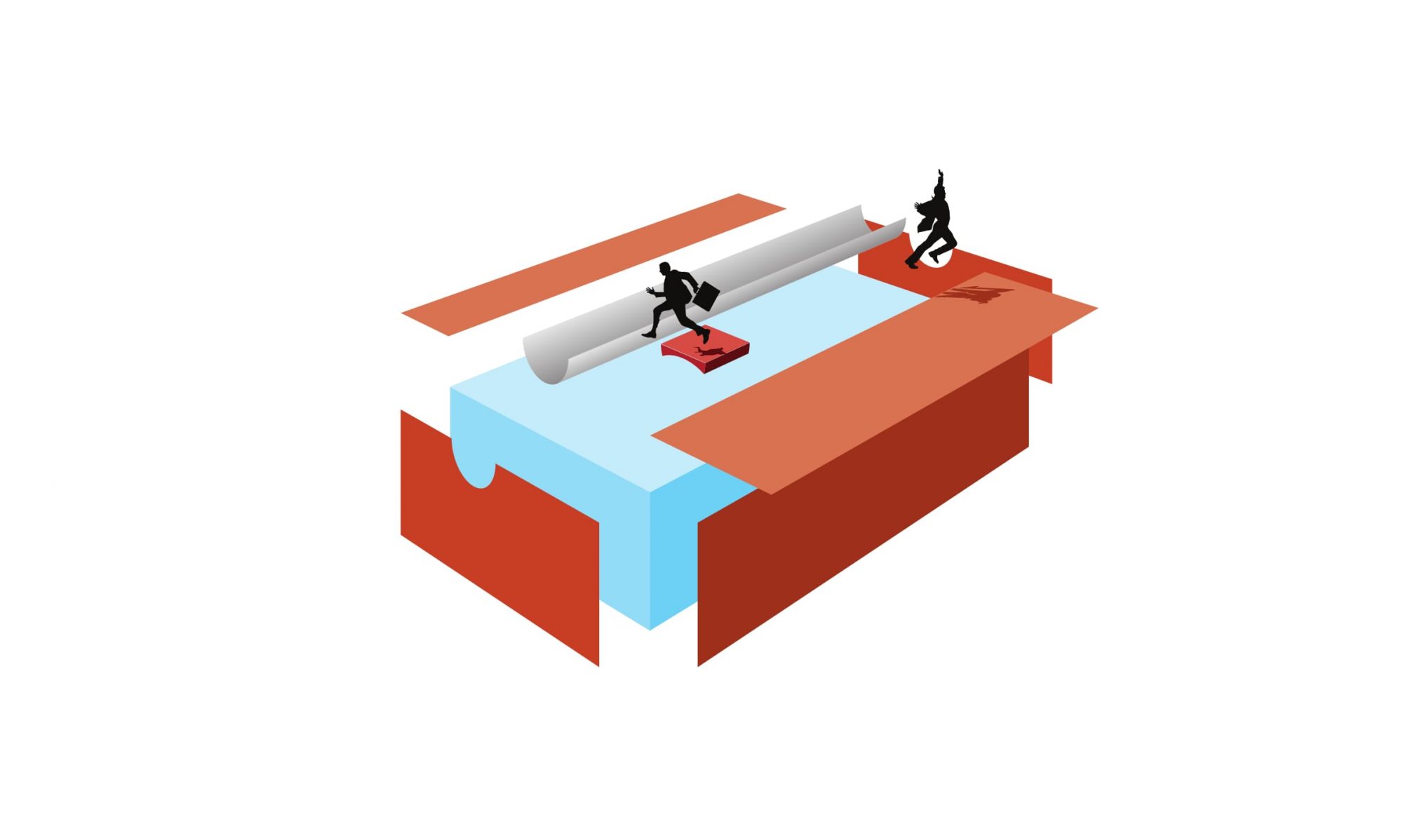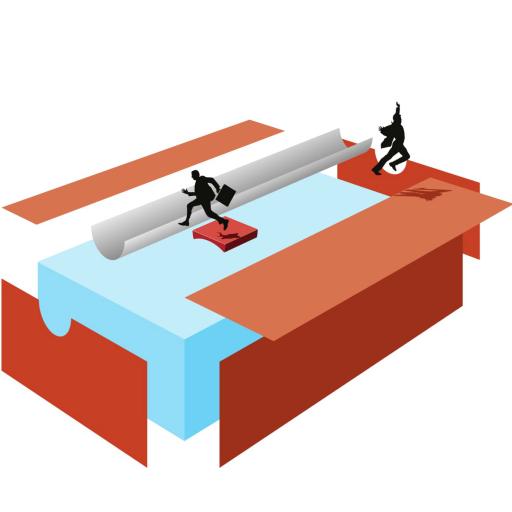In a scene from the TV series Mad Men, 1950s Ad Exec Don Draper pitches a campaign to Kodak executives: ‘The Carousel’. Draper’s monologue here on YouTube is clever storytelling, well written and acted:
… nostalgia literally means, ‘the pain from an old wound’. It’s a twinge in your heart, far more powerful than memory alone. This device isn’t a space ship, it’s a time machine. It goes backwards and forwards. And it takes us to a place where we ache to go again.
It’s not called ‘The Wheel.’ It’s called ‘The Carousel’. It lets us travel the way a child travels. Around and around. And back home again. To a place where we know we are loved.
Wonderfully entertaining. (Also, a wonderful antidote to PowerPoint presentations but that’s another story.)
But when it comes to websites, carousels aren’t entertaining. Also called ‘sliders’, carousels are usually photo slideshows of 3, 4 or 5 large images that take up a most of the top part of a website homepage.
On a website, it’s not called ‘The Carousel’…
It’s called ‘The hinder-me-doing-what-I-wanted-to-on-your-website’
This is a phenomenon called ‘banner blindness’. It’s when visitors look anywhere else but your beautiful big banner that you spent so long on.
I recently did a site review on AchieveIT. One of my recommendations was to remove the carousel which included a number of hero shots of people and computers. Which they did – replacing it with more relevant content for their business.I also recommended doing some simple usability testing to find out exactly what they should be putting on their homepage. Which they didn’t.
But my question to them stands: how do you know that people are interested in things you’re showing them? Just because you can have a carousel… should you?
(And they’re not great for accessibility.)
Do some testing
When I tested my website I was surprised. Of course, I thought people would love to contact me and see my services. I was wrong. Visitors are interested in projects I’ve done and how they can plan their projects.
You just need to ask them.
Not all bad
NZ’s Optimal Usability has put some carousels to the test with their eye-tracker. Find recommendations about using banners in their recent article Hidden in plain sight? The ‘Banner Blindness’ effect on homepage banners.
Money well spent
For people who can’t afford an eye-tracker to test their websites, consider doing some really simple low cost and no cost testing.
Can it hurt? Retail businesses spend huge amounts of money making their shops look great. Why not spend a fraction of that on visitor testing of your internet presence?
Think about your website as a shop front.
And, if you’re looking for no cost: try this simple method.

